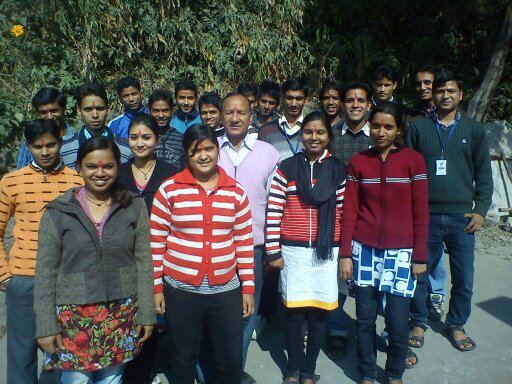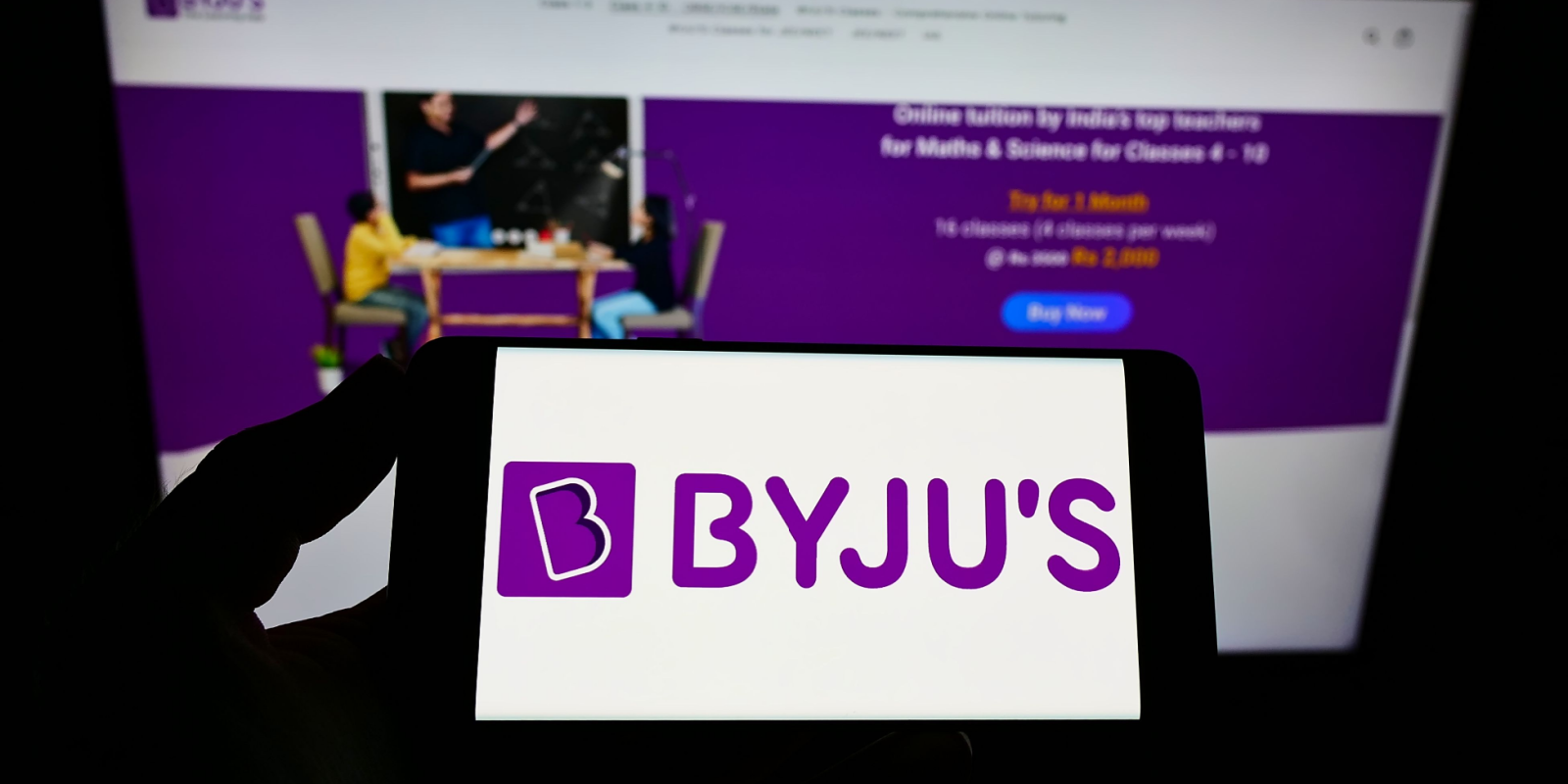eGramServe: Rural BPO Providing Jobs To Uttarakhand Youth

From a business perspective one of the more promising models of social enterprise that has emerged has been that of rural BPO, or impact sourcing. The beauty of impact sourcing is that it is mutually beneficial from practically all stakeholder perspectives. It makes a lot of sense economically, keeping costs of business low and ensuring that human capital is not underutilized, while simultaneously promoting development and boosting local economies by channeling income and job opportunities into underprivilaged segments of society. For clients, employees, and society at large, the rural BPO is, in a very general sense, a win win.eGramServe is one rural BPO working to provide jobs and skill training to underserved communities in Uttarakhand. Currently employing around 50 rural youth, eGramServe not only provides access to an early means of income, but also gives its employees opportunities for career growth by training them with skills in data processing, digitization, data conversion, and form processing for a range of clients.
We connected with Bipin Arora, co-founder and VP of Sales at eGramServe, to find out more about his work in the rural BPO space.
Q: Please tell us a little bit about eGramServe and your mission to provide BPO services to rural India.
eGramServe was started with the dual purpose of social development through profit generation. It was observed that being an NGO won’t help because we had to remain dependent on government or private support, and that only profit would achieve our organizational goals. So, we decided to start the BPO, keeping profitability as a financial objective through the development of the region by way of providing free computer training to 12th pass boys and girls from the local village and enhancing their skills in data speed and accuracy levels. Further, once they complete their training, we put them into the in-house BPO training, wherein all aspects of BPO are taught, such as delivery schedules, quality parameters, on-time batch processing etc.
Q: How do you create sustainable and profitable BPO’s and make them work?
We create sustainable BPOs through in-house training, as mentioned earlier. We have two dedicated professionals who on a regular basis provide two levels of training: one on basic computer skills like typing, Word, Excel, etc., and the second one focuses on BPO training in various aspects of job work, such as delivery, timings, quality, etc.

Q: What sort of metrics do you use to analyze your BPOs?We measure our BPO’s in three ways: one, profitability basis; two, realization per seat basis; three, attrition rate. So, when we choose a BPO location we look for the above three elements and the availability of manpower. Profitability depends on project vs. manpower deployed. Realization per seat would depend on seat maximization through lower rentals and higher output. Finally, lower attrition rate would depend on quality work with the growth of the employee internally.
Q: Are you able to quantify the direct and indirect impact of eGramServe?
Yes, we can quantify the impact of our services very well. The direct impact is very much more visible, wherein the family income of 80% employees have doubled, and for the rest it has increased 75%. The indirect impact has also been quite significant, wherein the awareness about the career growth in ITs has increased considerably, the attitude of the young population about dressing neat and clean has improved, and professional culture values like time management, good behavior, team management have been inculcated.
Q: Who are your clients?
Our Clients are financial companies, healthcare companies, banks, and market survey companies from Delhi NCR, Mumbai, Pune and Chennai. We are also trying to seize an opportunity with the government of Uttarakhand.
Q: How many villagers does eGramServe employ per client?
There is no fixed criteria per se, but on an average 10 village employees per project/company are employed which can easily go up to 30. In fact, we are doing one such project for which 30 villagers are employed.
Q: What are the next steps for eGramServe?
We are planning to start 10 more centers with a capactity of 75-100 seats, each in various districts of Uttarakhand, and to create employment opportunities for more than 1,000 people living in the hills of Uttarakhand. The next two locations being shortlisted are Barauri block in Tehri Garhwal district and one in Pauri Garhwal district.
Visit eGramServe to find out more or connect with them on YS Pages.











